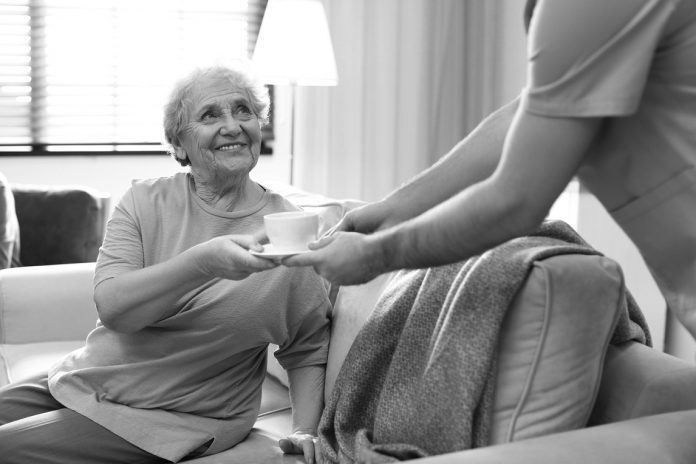Paul Berney, CMO at Anthropos, explores how technology could help relieve the burden on the UK’s stretched social care staff
The social care sector is facing a problem right now: staffing. In July 2021, there were an estimated 130,000 unfilled vacancies in the sector. That only looks set to rise.
We are currently facing the perfect storm of recruitment challenges, burnout, low wages, Brexit, the rippling effects of COVID-19 and now the introduction of mandatory vaccines for care staff, which are likely to cut numbers further and drive talent away from the sector.
This crisis is set against a backdrop of an increasing number of older and vulnerable adults who need care. People are living longer, but complex care needs are on the rise too.
This is a long-standing problem, but one that was accelerated by the immense strain on the sector during COVID-19. Addressing it is now critical to give people the care they need and take the strain away from families.
Can technology help?
Having a human touch in care will, of course, always be essential – and I would never suggest that technology can replace people for many types of care needs. But supplementing the human touch with technology and data can help deliver improvements to how people are cared for – supporting them to stay in their own homes for longer.
The goal of Connected Care is to provide families and carers with intelligence and insight that they can use to make better informed care decisions. By placing discreet sensors in an older person’s home, we can build up a picture of their daily routine and then look for meaningful changes that could indicate a problem. This means that, in an instant, families and carers can be reassured by knowing three things: Is my loved one ok? Do they need help right now? Is something changing in their day-to-day life that I should be aware of?
In effect, Connected Care helps inform better care decisions by identifying and preventing problems, in turn helping carers prioritise their resources.
It’s a relatively low-cost solution, but the potential for positive outcomes is invaluable. Connected Care technology can help support older people to stay in their own homes independently for longer, and give families priceless peace of mind.
What’s next for technology in care?
This kind of technology will continue to evolve and adapt as we learn more about the needs of older people and the requirements of those who are looking after them. This will continue to support the strained social care sector.
Our priority is to provide intelligence rather than data. Tech companies in this space should look to provide context to the changes their technology is seeing; using the intelligence they’re gathering to provide better, real life outcomes. Connected Care, intelligence and AI are only valuable in this space if they make a real difference.
Our goal is to use technology to prevent the preventable – stopping a worrying or dangerous situation from occurring or worsening.
The challenges in the social care sector are unlikely to change in the near future, so the care sector will need to look for new solutions that don’t require more people..
The bottom line is: technology can’t replace humans – but it can assist them, and it can help make a real difference to the lives of older people.











